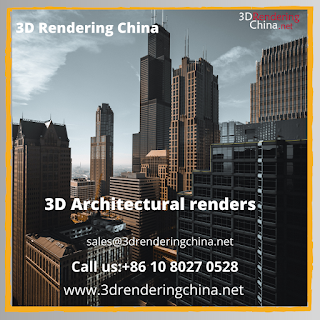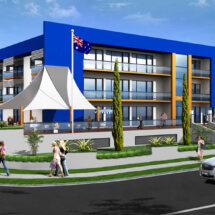3D animation tutorial: provide an experience

Any form of 3D animation tutorial can keep many people entertained. Whether it's a tutorial for a construction project, a simple 3D project for schoolchildren, or a project designed for a movie or game, it's always fun to have an experience that is literally out of this world. When you think about it, this animation solution has long been used for many 3D video games and videos. It has only been used recently for presentations and really, its effect on the audience is something that is remarkable. Using step-by-step 3D presentations allow viewers to feel like they are walking through the art. You no longer create a single image, but a whole new movie or what most people consider experiences. Most people have claimed that this type of tour is what can be compared to the innovative idea of virtual reality of years past. The 3D animation tutorial does a great job of combining two of today's most advanced concepts. First, it uses 3D rendering that provides very re



